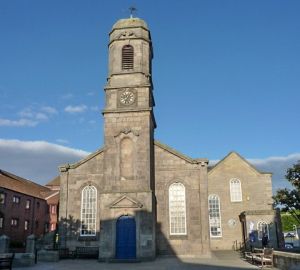
The museum recounts the heritage of the region through displays of agricultural tools, social history, and objects from everyday life through the ages.
It comes as no surprise that fishing heritage is a major focus, as the fishing industry provided a livelihood to most residents of Eyemouth through the centuries. Eyemouth offered the only safe landing place on the Berwickshire coast, so fishing played a major role in the economy of the region.
Visitors can explore a recreation of a 19th-century fisherman's living quarters, and the role played by unmarried women who travelled with the fishing fleet, earning a living by gutting and packing herring for transport.
Aside from the fishing exhibits visitors can learn about the traditional rural lifestyle, with coopering, rope-making, and other traditional crafts. Old photographs and collections of everyday objects help bring the past to life.
The prize exhibit at the museum is the huge Eyemouth Tapestry created to commemorate the 1881 Great East Coast Fishing Disaster. On Friday, 14 October 1881 the hurricane Euroclydon struck the coast of south eastern Scotland with devastating force. The hurricane levelled some 30,000 trees, but more tragically, caused the death of 189 local fishermen. Their tale is vividly portrayed in a 15 by 4-foot tapestry sewn by local women.





